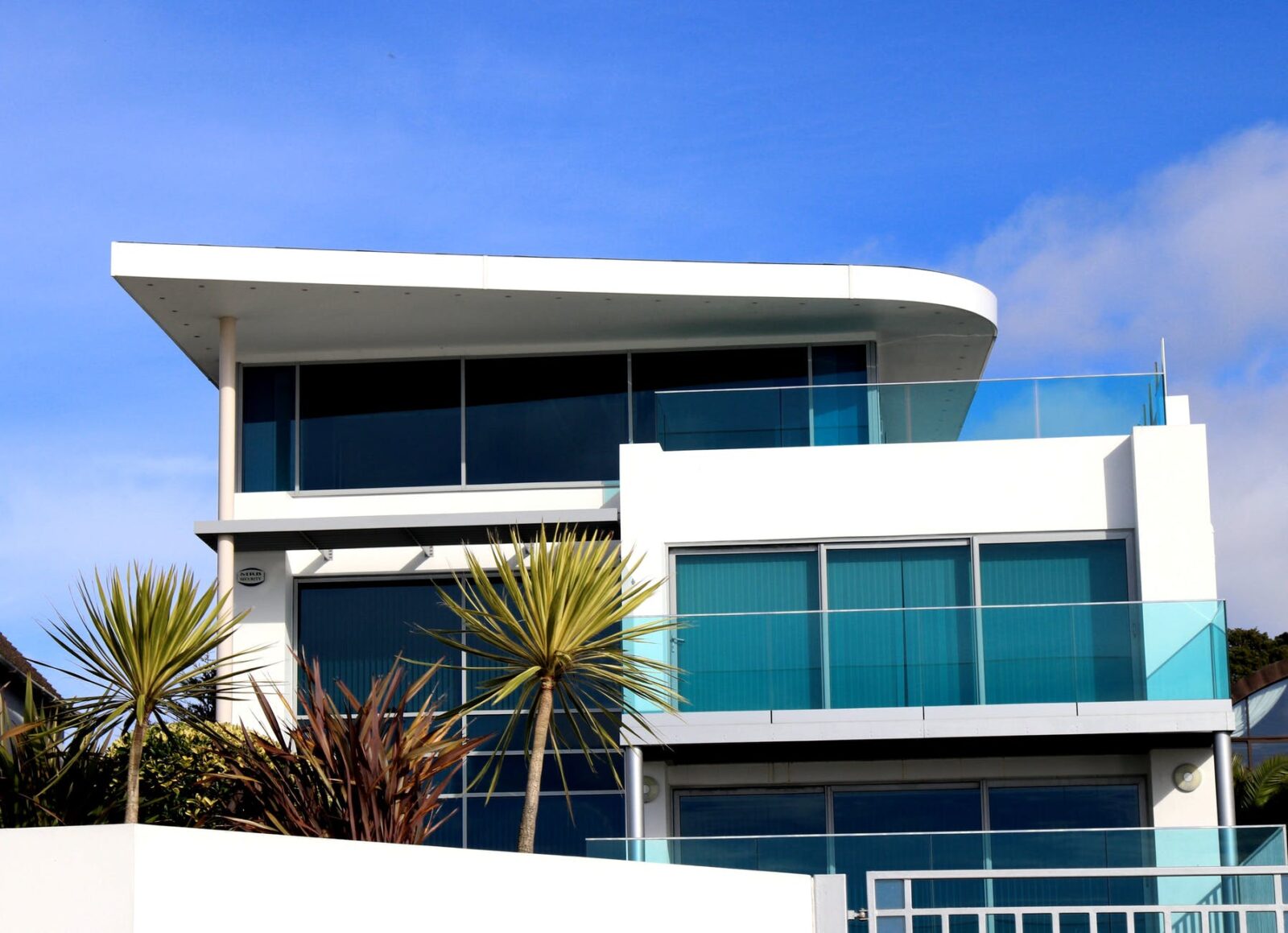Picture a future in which glass serves more purposes than merely letting light in. Imagine transparent windows that can become opaque with a single button press, or displays that can be effortlessly integrated into any kind of surface. Technology using transparent glass is opening up new and intriguing possibilities for the future. As we explore this cutting-edge field further, you’ll learn how glass has changed throughout time and what innovations are influencing our lives now and in the future. The voyage through transparent glass technologies will unveil their uses, advantages, and potential to revolutionise a range of sectors. Prepare to see the world in a new way!
Technological Developments in Transparent Glass
Transparent glass technologies have seen some really revolutionary developments recently. Novel materials that improve durability without sacrificing clarity are being investigated by scientists and creatives. Numerous applications have become possible as a result of this advancement.
The ability of smart glasses to change their opacity according to user desire or light exposure is one noteworthy breakthrough. Imagine being able to manipulate the quantity of sunshine that enters your house with a single touch! This feature increases energy economy while simultaneously enhancing comfort.
Glass that cleans itself is another fascinating innovation. This kind of glass, coated with unique nanoparticles, repels dirt and grime, making upkeep easier on both cars and buildings.
Furthermore, aaa glass systems now offer improved thermal insulation qualities. With these advancements, energy consumption is reduced and indoor temperature control is improved.
Transparent glass technology is revolutionising everyday interactions with our surroundings with these developments.

Glass’s Development: From Conventional to Innovative
Since its ancient beginnings, glass has advanced significantly. Traditional glass was mostly beautiful and utilitarian when it was first created by craftsmen. It showcased the artistic sensibilities of the era by adorning windows and containers.
As technology developed, so did our understanding of the characteristics of glass. The 20th century saw the invention of float glass, which completely changed the window industry. This invention made it possible to have bigger panes with unmatched clarity.
These days, there is a trend towards smart technology integrated into glass buildings. Self-tinting variations significantly increase energy efficiency by automatically adjusting to light conditions.
Additionally, scientists are looking at novel materials that lighten weight while increasing strength. These developments broaden the possibilities for architecture while also enhancing aesthetics.

Uses and Advantages of Cutting-Edge Glass
Cutting-edge glass technologies are revolutionising a number of industries, including the automotive and architectural sectors. These developments boost energy economy and utility in addition to aesthetic appeal.
Smart glass is causing a stir in the building sector. It reduces glare while preserving natural light flow by adjusting its colour in response to sunlight exposure. This may reduce the need for artificial lighting and HVAC systems, which can result in considerable energy savings.
There are also notable benefits for the car industry. Vehicles with transparent screens provide improved safety and navigation capabilities without limiting the driver’s view of the road. On hot days, electrochromic windows keep interiors cool while offering seclusion at the push of a button.
Antimicrobial glass surfaces, which inhibit the development of microorganisms, are used in healthcare facilities to promote staff and patient safety and cleanliness. Additionally, cutting-edge glazing technologies—which effortlessly integrate with home automation systems—play a critical role in smart homes, which combine convenience and connection.
Transparent OLED panels, which combine technology and marketing strategy in the ideal way, are being used in retail settings to engage consumers with dynamic information that is projected directly inside the shop front windows.
As these uses develop further, it becomes evident that cutting-edge glass technologies have enormous promise in a variety of industries. They promise to revolutionise transparency for future generations by paving the path for more sustainable practices in addition to better functionality and aesthetics.












